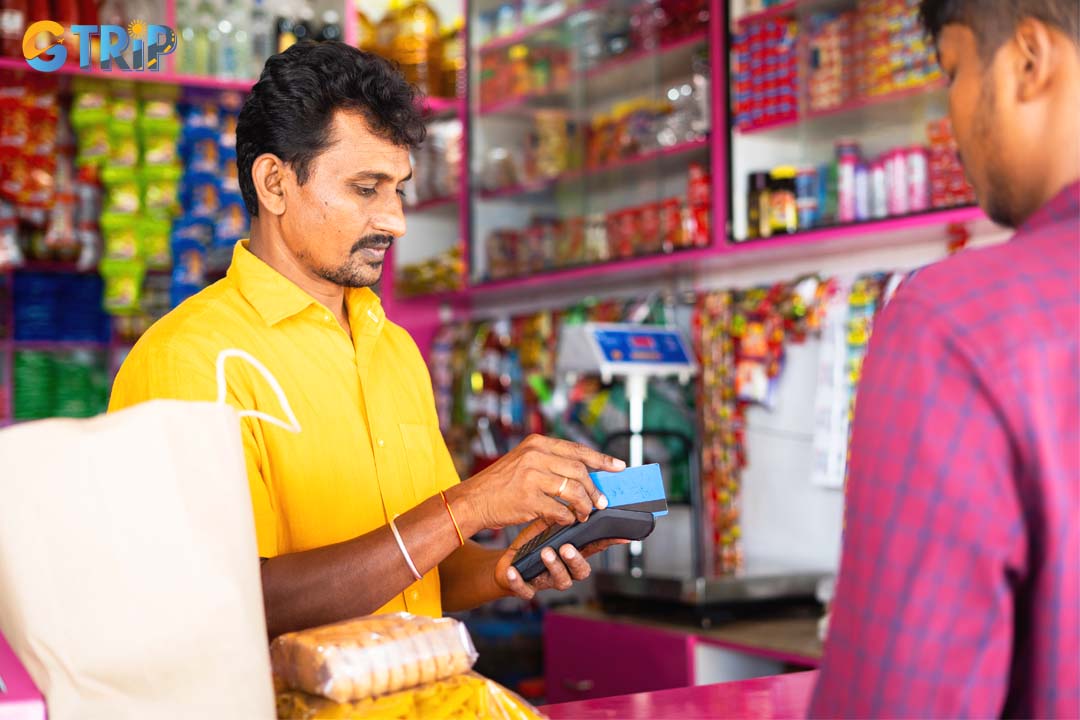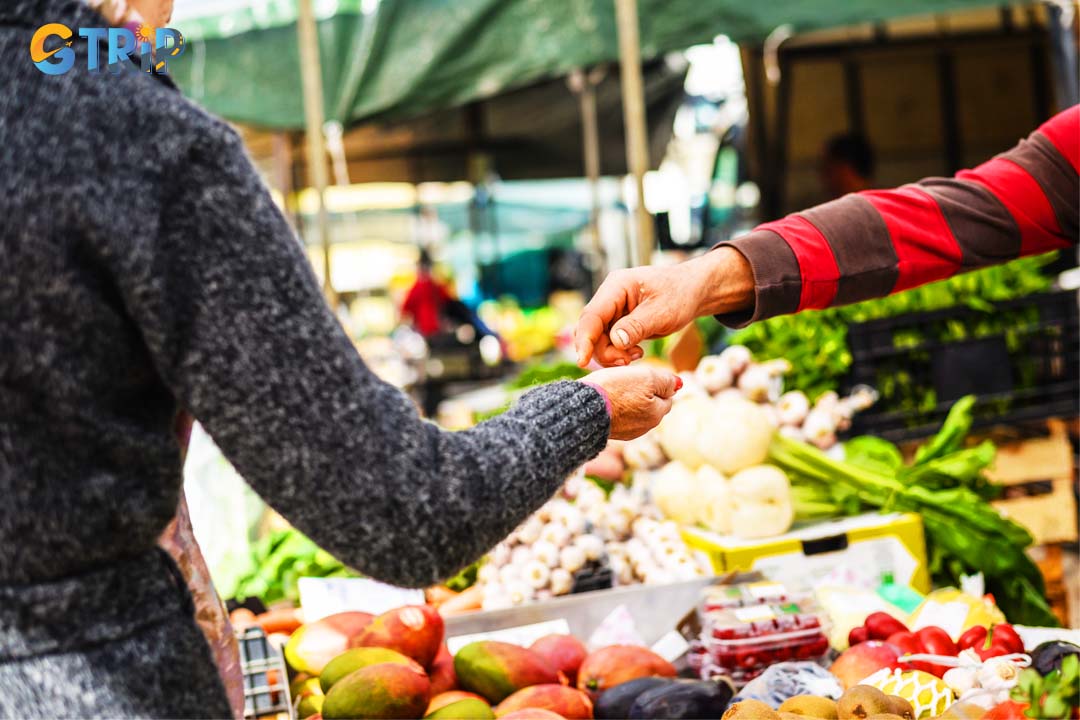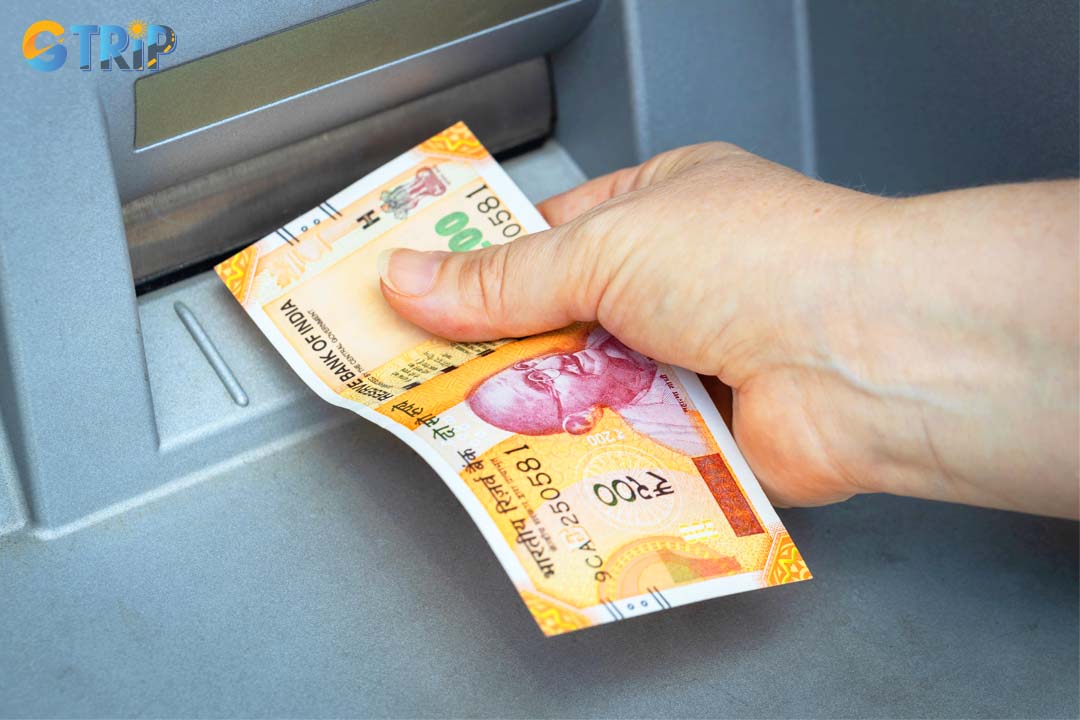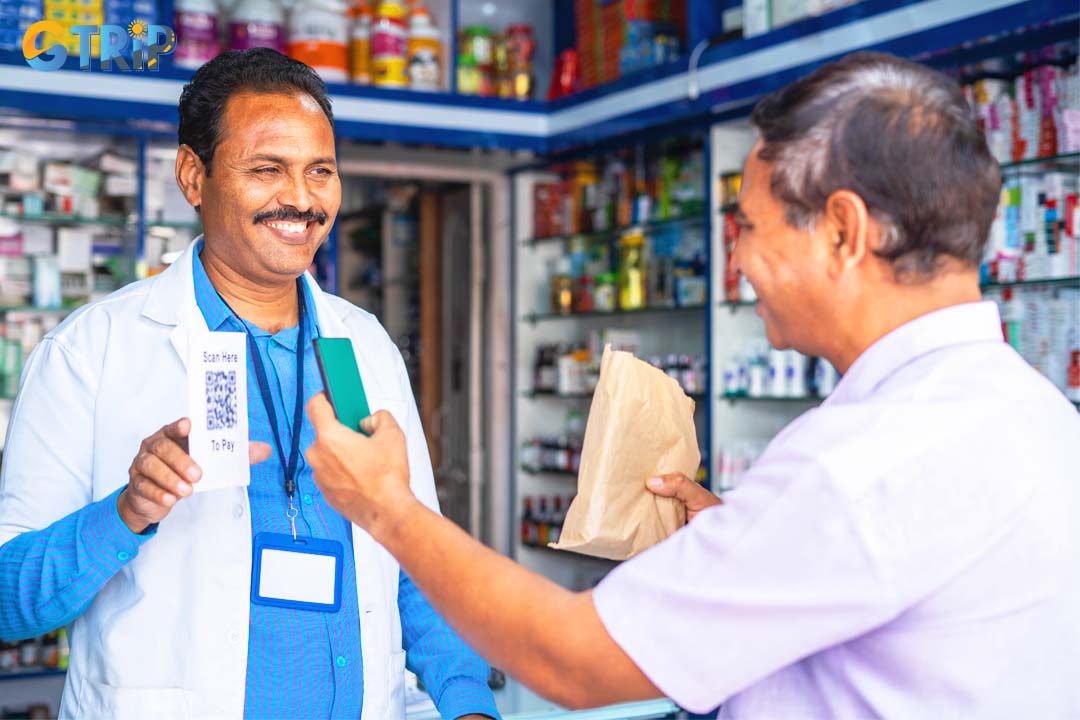Feb - 05 - 2024
Explore the intricacies of managing finances during your journey to India with our insightful guide on the pros and cons of using cash or credit cards. This article will uncover the valuable tips on currency exchange, local bank preferences, and the nuances of payment in India, ensuring a confident and culturally immersive travel experience across India's diverse landscapes and bustling urban centers.
General guide about cash and credit card usage in India
India's rich cultural tapestry, historical landmarks, and diverse landscapes make it a captivating destination for travelers worldwide. To fully immerse yourself in this vibrant experience, understanding the nuances of currency exchange and payment methods is essential.
Currency and exchange service in India
The official currency of India is the Indian Rupee (INR), and upon arrival, tourists are advised to exchange their native currency for INR. For instance, currently, 1 US Dollar (USD) can be exchanged for 83.05 Indian Rupees (INR). When exchanging currency, it's crucial to be aware of the prevailing exchange rates and fees to optimize the value of your money.

Services for exchanging currency in India can be found at airports, banks, and authorized exchange offices
Currency exchange services in India are available at airports, banks, and authorized exchange offices, ensuring accessibility for tourists. However, the exchange rates available at the airport are unfavorable, accompanied by higher fees.
To avoid this, consider visiting a reputable local bank. Recognized by India's reserve bank, these banks have the legal authority to engage in the buying and selling of foreign currencies. Prominent banking institutions like Axis Bank, the State Bank of India, HDFC and ICICI will provide competitive rates.

Tourists should exchange money in a reputable local bank for good fee and exchange rate
Typical credit cards found in India
Major international credit cards, such as Visa, MasterCard, and American Express, are widely accepted, better than Amex and Diners Club. However, travelers should inform their banks about their travel plans to avoid potential disruptions in card transactions due to international usage.
Additionally, credit cards are accepted in many establishments, especially in urban areas, having a reasonable amount of local currency is advisable for transactions in smaller markets, with street vendors, or for transportation fares. Besides that, acceptance of virtual cards is limited, necessitating the use of a physical card. Unfortunately, Apple Pay is not operational in India.

Credit cards are accepted in many establishments in urban area
Cash is widely accepted everywhere in India
Despite the global shift towards digital transactions, cash remains a prominent and widely accepted mode of payment throughout India. Local markets, street vendors, and small businesses often operate on a cash basis. Exploring the bustling markets of Old Delhi or savoring the flavors of local street food in Mumbai require ready access to cash.

Cash is ubiquitously accepted throughout India from local markets to small businesses
Additionally, small shops and vendors in rural or less developed areas may not have the infrastructure to accept credit cards, emphasizing the practicality of carrying cash for day-to-day expenses. Fortunately, India has a well-established network of ATMs, providing convenient access to cash withdrawal. Travelers are advised to withdraw money from reputable bank ATMs to ensure the reliability of the transaction and to be mindful of withdrawal limits and associated fees.
Credit card and cashless options used in big cities
In major metropolitan areas like Mumbai, Delhi, and Bangalore, India is embracing digital transformation, moving towards a more cashless economy. Larger establishments, including upscale hotels, fine dining restaurants, and prominent retailers, typically accept credit cards, providing convenience to tourists.

Big cities in India accept credit cards and offer various cashless payment options
The rise of mobile payment apps and digital wallets further contributes to the ease of cashless transactions in urban centers. As travelers explore the dynamic urban landscapes, the prevalence of digital payment options becomes apparent. Mobile payment apps like Paytm, Google Pay, and PhonePe are widely used, allowing for seamless transactions with a smartphone.
However, the reliance on cash remains evident in more remote or rural areas, where digital infrastructure may be limited. Therefore, a balanced approach, carrying both cash and cards, ensures preparedness for a variety of situations, allowing visitors to enjoy the incredible diversity that India offers.

The surge of mobile payment apps and digital wallets enhances cashless transactions in cities
May the insights shared in this blog prove beneficial as you chart your course for a memorable trip to India. Venture forth with confidence, ready to unravel the myriad wonders that await in every corner of this enchanting country. Set aside any apprehensions about payment matters, and let the spirit of exploration guide you through the rich tapestry of experiences that India has to offer.


